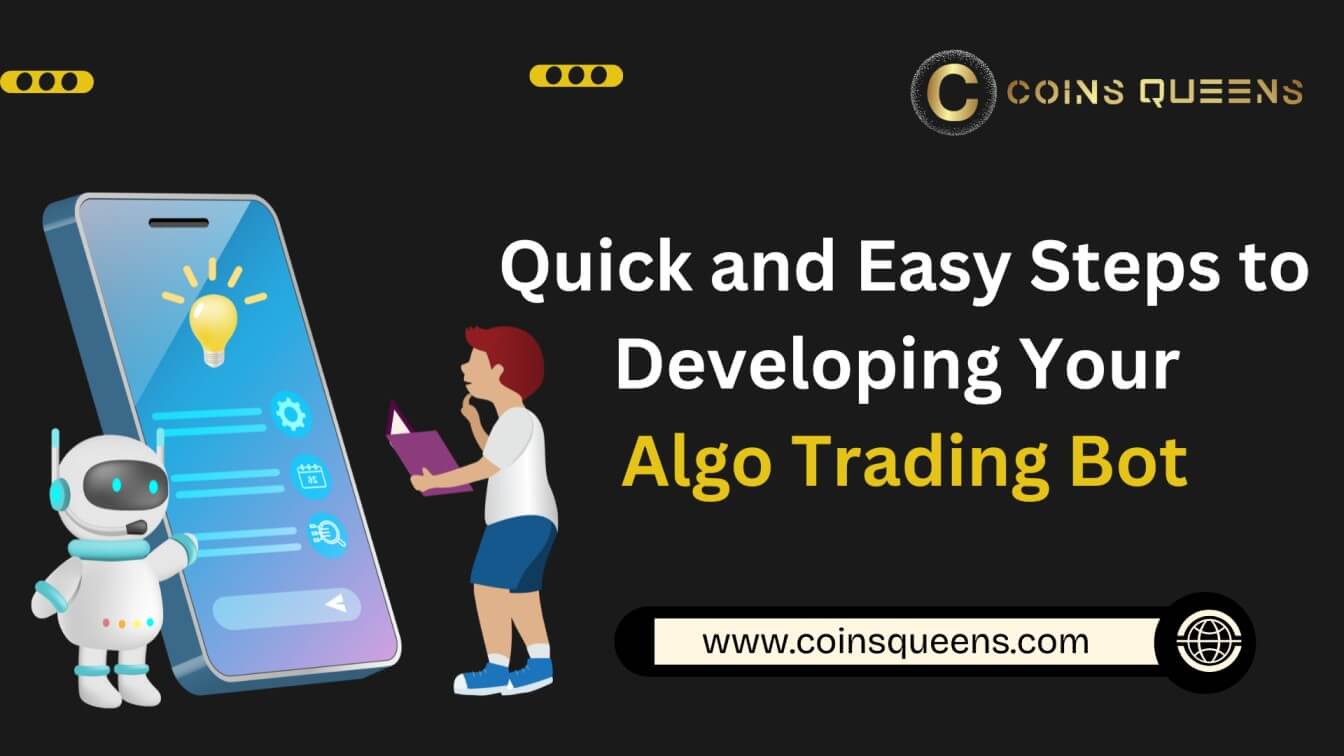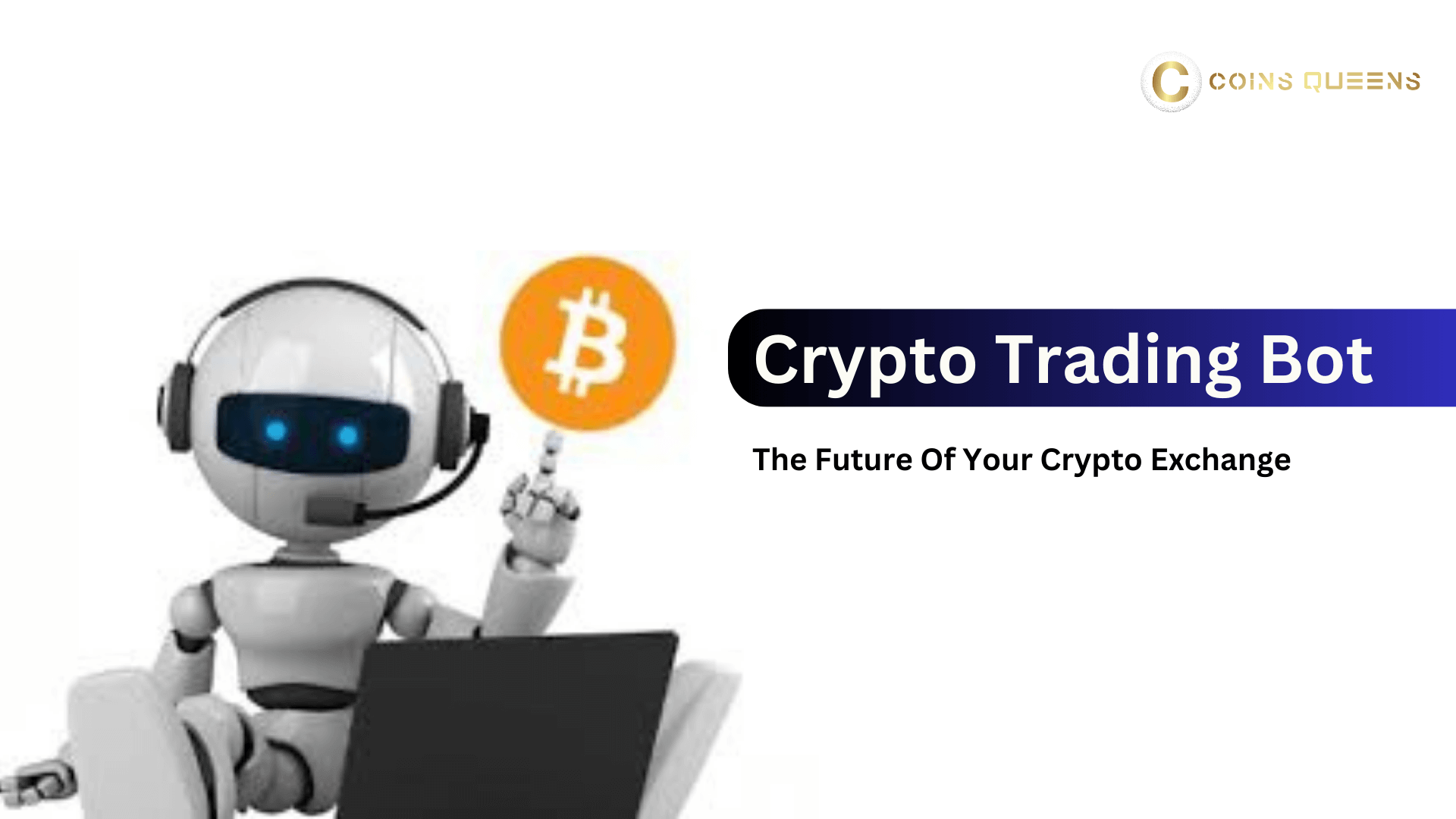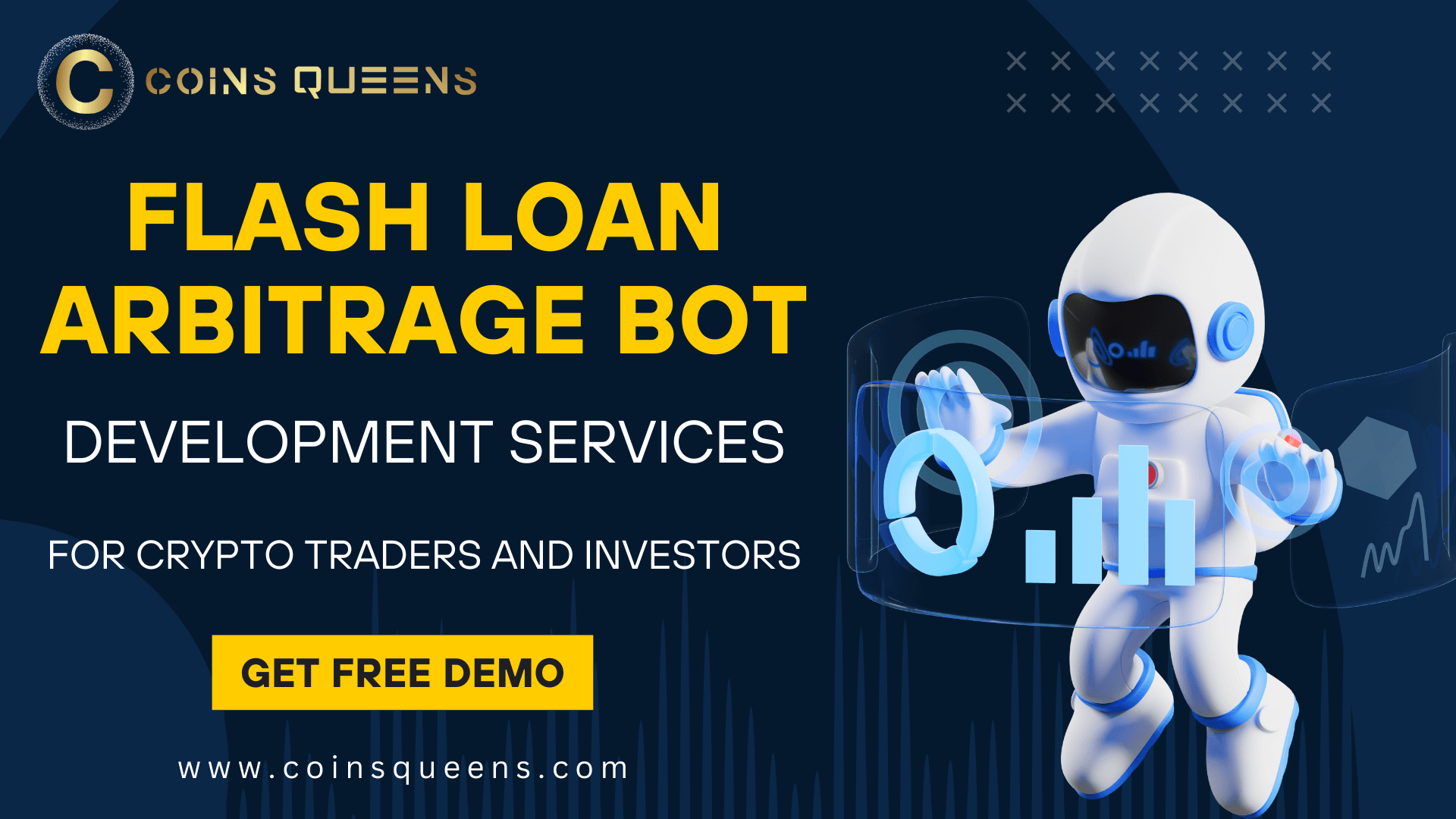Creating algorithmic trading bots is becoming more important for people who want to do well in different markets, like regular stocks and cryptocurrency trading. These bots help by automatically carrying out trading plans quickly, which reduces the influence of emotions on decisions. By using algo trading bots, you can have a more organized and possibly profitable trading experience.
Understanding how to start making your own trading bot is essential as algo trading bots, crypto trading bots, and Arbitrage Trading become more popular. This article will help you learn how to begin your journey in algorithmic trading bot development. You will learn the basics of what an algo trading bot is and things to think about before getting started.
Next, you will get a step-by-step guide on creating your algorithmic trading bot, from writing the first code to putting it into action in real-time trading. We will also discuss why algo trading bots are gaining popularity and how they can change the way you trade cryptocurrency and beyond. With this guide, you will be able to make a bot that can trade on its own, possibly improving your profitability and trading efficiency.
What is an Algo Trading Bot?
An algo trading bot, also called an algorithmic trading bot, is a smart computer program made to automate trading in financial markets. These bots follow specific rules and algorithms to make trades faster than humans can. The key part of an algo trading bot is its algorithm, which decides when to buy or sell based on market data.
The bot starts by looking at a lot of market data and comparing it to its programmed strategies to decide on trades. It considers factors like timing, price, and volume to take advantage of market inefficiencies and make profitable trades. For these bots to work well, they need a strong trading platform that can handle order placement, real-time market data, and tools for managing risks.
Algo trading not only makes trading faster but also reduces emotions in decision-making, making trading more disciplined and systematic.
Key Considerations Before Developing a Trading Bot
Domain Knowledge and Strategy
Before diving into developing your trading bot, it’s important to understand the market dynamics and the specific asset you want to trade, whether it’s cryptocurrencies, stocks, or forex. Each market has its own unique characteristics. Your bot’s strategy should be based on a detailed analysis of market trends, price movements, and indicators. You can consider strategies like following trends, arbitrage, or analyzing sentiments, each with its pros and cons.
Regulations and Compliance
Complying with regulations is crucial in trading bot development. Make sure your bot follows the legal rules set by authorities like the SEC or CFTC, depending on where you are and what assets you trade. Not following regulations can result in serious consequences such as fines and legal action. It’s wise to design your bot to be adaptable to regulatory changes, which may mean adjusting settings without extensive coding.
Technical Requirements
The technology you choose is key to how well your trading bot works. Programming languages such as Python, Java, or C++ are recommended for their reliability and support. Your bot will also need a dependable server to communicate with the exchange’s API. You can use cloud services like AWS or a stable server like Raspberry Pi. Your bot should handle real-time data and execute trades quickly to perform at its best.
Step-by-Step Guide to Building an Algo Trading Bot
Choosing the Right Programming Language
Selecting the appropriate programming language is crucial when starting algorithmic trading bot development. Python is highly recommended for its simplicity and the availability of specialized libraries like Pandas and NumPy for financial analysis. Java and C++ are also great choices for their performance and reliability, especially in high-frequency trading scenarios.
Setting Up Your Development Environment
To set up your development environment, choose an IDE that aligns with your programming language. Visual Studio Code is a versatile option that integrates well with GitHub and GitHub Codespaces, providing a strong environment for developing, testing, and debugging your trading bot.
Integrating APIs
API integration is essential for your trading bot. For example, with the ApeX API, you can manage trades and analyze real-time market data. Ensure your API setup includes securely generating and managing API keys, as they are crucial for interacting with trading platforms.
Developing and Testing Trading Strategies
Define clear market conditions and technical indicators to develop your trading strategies. Use backtesting to simulate how your strategies would have performed historically. This step is crucial for refining your strategies and ensuring their effectiveness before live trading.
Backtesting and Optimization
After developing your strategies, backtest them using historical data to evaluate performance and make necessary adjustments. Optimization techniques like genetic algorithms or Bayesian optimization can be used to fine-tune your strategies, improving their profitability and efficiency.
Deploying and Monitoring Your Trading Bot
Connecting to Live Accounts
To link your trading bot to a live account, first choose a compatible trading platform like MetaTrader 4 or NinjaTrader. Select a trading robot, which can be a premade option from an online marketplace or one you’ve developed. Install the robot in the platform and connect it to your investment account using your login details. Configure the robot’s settings based on your strategy and risk tolerance.
Setting Up Notifications and Alerts
Setting up notifications is essential to stay informed about important market events or changes in your investment account that could affect your bot’s performance. Take advantage of TradingView’s integration capabilities to receive alerts directly in your automated systems, enabling quicker responses to market changes.
Regularly Reviewing Performance
Consistent monitoring of your trading bot is vital. Evaluate key performance indicators such as profitability and drawdown, and make adjustments as needed to enhance performance. Keep abreast of market developments and adapt your strategies to suit changing market conditions. Periodically reviewing your bot’s performance helps identify areas for enhancement, ensuring it remains a valuable tool in your trading toolkit.
Deploying and Monitoring Your Trading Bot
Connecting to Live Accounts
To link your trading bot to a live account, start by selecting a compatible trading platform such as MetaTrader 4 or NinjaTrader. Choose a trading robot, which can be either a pre-made option from an online marketplace or one that you have developed yourself. Install the robot within the platform and link it to your investment account using your login credentials. Customize the robot’s settings according to your trading strategy and risk tolerance levels.
Setting Up Notifications and Alerts
Establishing notifications is crucial for staying informed about significant market events or changes in your investment account that could impact your bot’s performance. Utilize integration features in platforms like TradingView to receive alerts directly to your automated systems, enabling swift responses to market shifts and potential opportunities.
Regularly Reviewing Performance
Keeping a close eye on your trading bot’s performance is essential. Monitor key metrics such as profitability and drawdown regularly and make adjustments as necessary to optimize performance. Stay updated on market news and trends, and be prepared to adapt your strategies to changing market conditions. Regular performance reviews help in identifying areas for improvement, ensuring your trading bot remains an effective tool in your trading endeavors.
Final Thoughts
In this article, we’ve covered the important steps for starting algorithmic trading bot development successfully. From understanding what a trading bot is to handling the technical aspects of development and deployment, our guide aims to give a clear roadmap. Algo trading bots are crucial in today’s fast financial markets, helping to reduce emotional trading and improve efficiency and profits.
Looking at the bigger picture, trading is increasingly becoming automated and advanced. Algo trading bots are not just a technological upgrade but a change in how markets operate and profits are made. The potential for these bots to change trading strategies is huge for traders and institutions. For those interested in this path, we recommend exploring our Crypto Trading Development Services to have the necessary tools and knowledge for success in algorithmic trading. Remember, the future of trading is about using technology to find new opportunities.
If You Are Interested,













